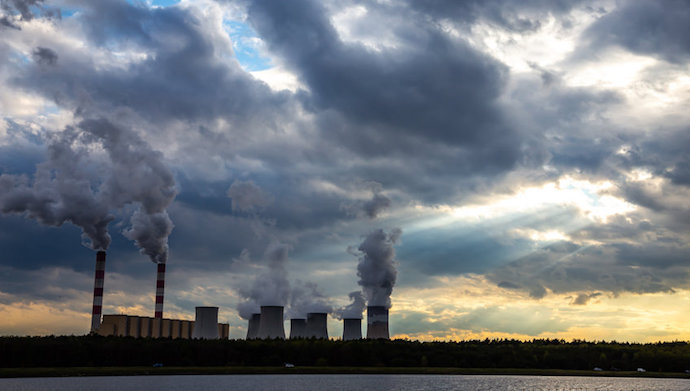
2021 was a landmark year for the growth of the voluntary carbon market. There has been a boom in demand for carbon credits– mainly driven by corporations setting net-zero targets in the face of consumer scrutiny.
According to Ecosystem Marketplace, the value of the global voluntary carbon market topped US$1 billion in 2021.
What was formerly a buyers’ market is now in the seller’s hands, driving project development financing, which will be particularly important for projects innovating to deliver negative emissions above and beyond net-zero targets.
While the growing demand for carbon credits signals the market is moving towards maturity, key issues continue to plague the voluntary carbon market, notably the lack of standardisation and transparency, ensuring that the credits are of high quality. This translates to retail mark-ups and low-quality credits without clear provenance or credibility.
Not only did 2021 show enormous growth for the voluntary carbon market and steps towards more excellent market governance through the global Taskforce on Scaling the Voluntary Carbon Markets, headed up by UN Special Envoy for Climate Action and Finance Mark Carney.
Also Read: COVID-19, the environment, and the tech ecosystem: what opportunity is available out there for us?
This private sector-led initiative has over 250 member institutions representing buyers and sellers, standard setters, financial sector participants, market infrastructure providers, civil society, international organisations and academics.
It is a clear step to acknowledge that market participants must work together to create a mature and trustworthy marketplace that has a real global impact on decarbonisation.
Of course, one cannot discuss the carbon markets in 2021 without mentioning COP26. Some might have hoped for a watershed moment, but instead, COP26 provided little clarification beyond the ratification of Article 6.
This means that the Paris Agreement is now fully operational– giving certainty to market participants as countries look to update their Nationally Determined Contributions (NDCs).
As net-zero targets continue to be at the forefront of consumer expectations of corporations, big corporations will have to engage more thoroughly in the voluntary carbon markets.
Multinational organisations are in the strongest position to participate in the voluntary carbon market, offset their emissions alongside reduction practices, and create a positive impact on a global scale.
Also Read: Fireside chat: Racing to net zero with the voluntary carbon market
Cyberdyne tech exchange in 2021: A year of transformation
This year, Cyberdyne Tech Exchange (CTX) as a business has seen an enormous transformation, gaining two new licenses from the Monetary Authority of Singapore, a Capital Markets Services Licence and a Recognised Market Operator licence– solidifying its position as a regulated digital asset exchange.
CTX also sold the first tranche of a new asset-backed Carbon Neutrality Token (CNT), which resolves one of the most challenging aspects of carbon credit trading– the ability to properly account for and track carbon credits using its proprietary protocols and blockchain technologies.
Using this technology, market participants can be certain the credit is of high quality, tackling the issue of double-counting that plagues the voluntary carbon market.
CTX’s Chairman, Dr Bo Bai, received the Entrepreneur 100 Awards accolade from the Singapore Association of Trade and Commerce, acknowledging CTX’s achievements and contributions to the industry, community and nation.
The company also recently signed an MoU with BSI China (of the British Standards Institution Group) on implementing carbon neutralisation and green financing standards on CTX.
The agreement includes BSI carrying out the carbon footprint verification and certification for listings on CTX’s platform and the promotion and implementation of green finance standards.
All these support the Green Finance Action Plan of the Singapore Green Plan 2030 and the ultimate goal of net-zero by 2050.
CTX will continue to leverage innovation and technology to enable organisations of all sizes to enhance their sustainability goals.
–
Editor’s note: e27 aims to foster thought leadership by publishing views from the community. Share your opinion by submitting an article, video, podcast, or infographic
Join our e27 Telegram group, FB community, or like the e27 Facebook page
Image credit: fotoforce
The post Why 2021 was a landmark year for the carbon market appeared first on e27.

